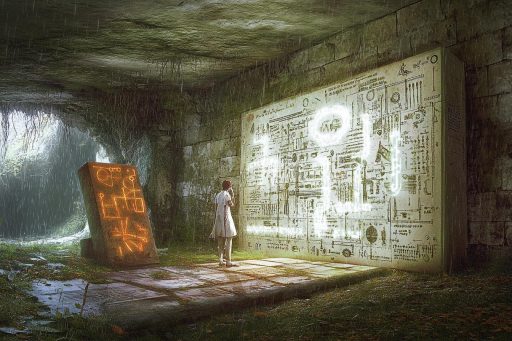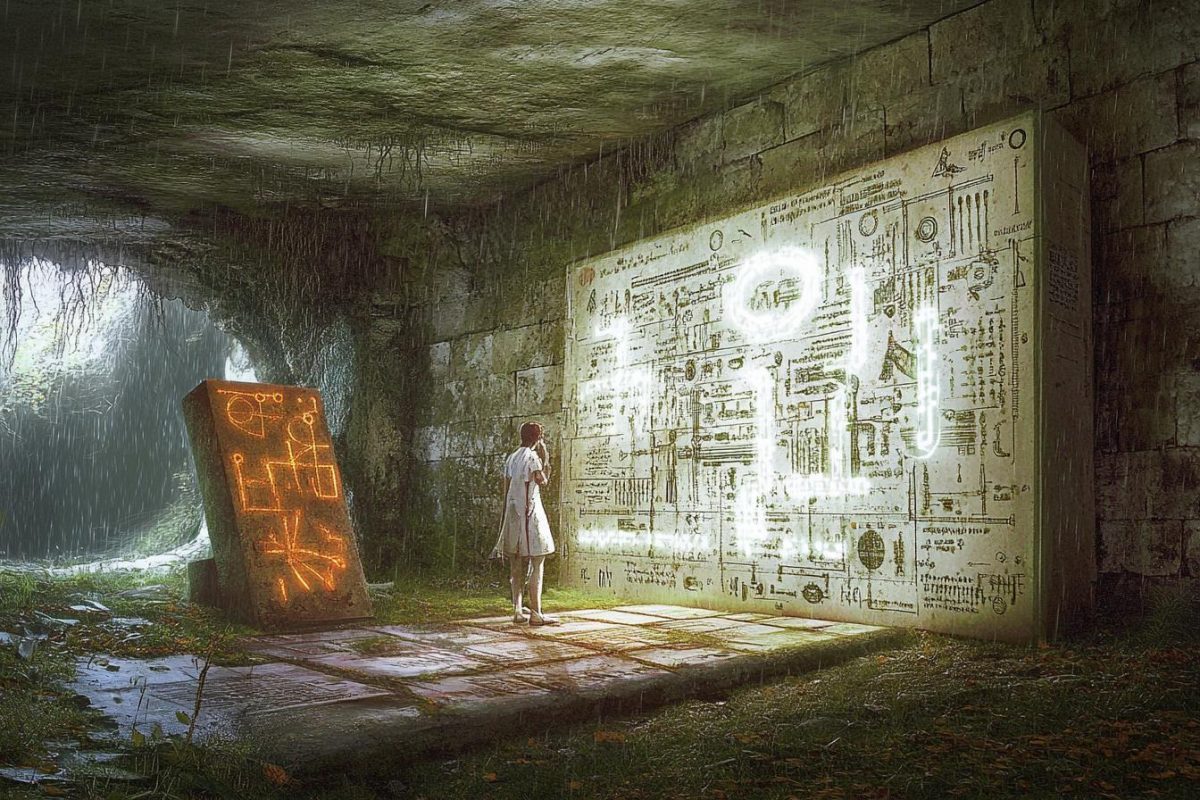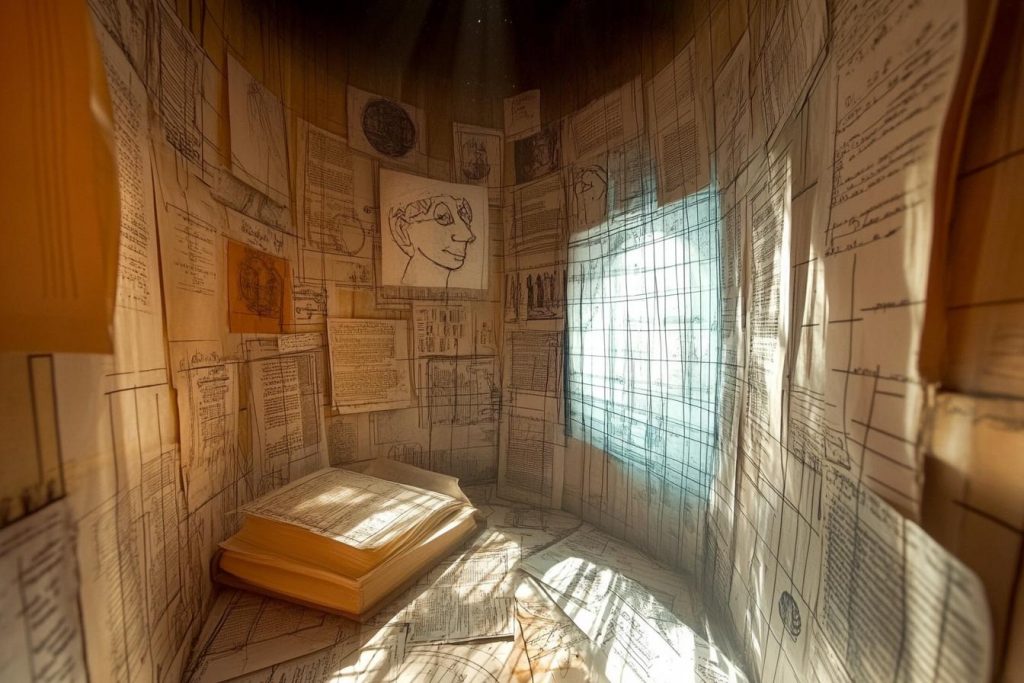
Many of the technologies we rely on today seem like the pinnacle of modern innovation—but what if they weren’t as new as we thought? Across time and civilizations, evidence has emerged that suggests our ancestors may have had access to advanced knowledge long before the digital age. From ancient artifacts that resemble circuit boards to secret patents buried in history, these revelations force us to rethink where our technology truly comes from. The truth might not just be stranger than fiction—it could rewrite everything we thought we knew.
The Baghdad Battery’s Electrical Secrets

An unassuming clay jar found in Iraq may hold the key to ancient electricity. Believed to date back over 2,000 years, the so-called Baghdad Battery contains components resembling a rudimentary power source. Some scientists speculate it was used for electroplating or medical treatments, though definitive proof remains elusive. If true, this would suggest ancient civilizations had a grasp on electrical concepts long before modern science emerged.
The Mysterious Mechanism of Antikythera

Pulled from a shipwreck off the coast of Greece, the Antikythera Mechanism has stunned researchers with its complex system of gears and astronomical calculations. Often dubbed the world’s first computer, it dates back to around 100 BCE. The craftsmanship is so advanced that nothing comparable appeared for at least a millennium afterward. Its existence raises questions about how much ancient engineers truly knew—and what other inventions may have been lost.
Tesla’s Forgotten Tower of Power

Nikola Tesla envisioned a world powered wirelessly, and his Wardenclyffe Tower was the prototype. Designed to transmit energy through the air, the project was abruptly abandoned and eventually dismantled. Conspiracy theories suggest powerful interests suppressed the technology to preserve profit-driven energy industries. Whether fact or fiction, Tesla’s mysterious tower hints at a technological path not taken.
Ancient Indian Texts Describing Flying Machines

In the pages of the ancient Vedas, references to “Vimanas”—flying vehicles capable of aerial and even space travel—spark heated debate. Some interpret these writings as metaphorical, while others suggest they describe real technology far ahead of its time. Schematics and propulsion descriptions contained within the texts have drawn comparisons to modern aircraft. Could these be echoes of a forgotten technological age?
The Nazi Bell Project
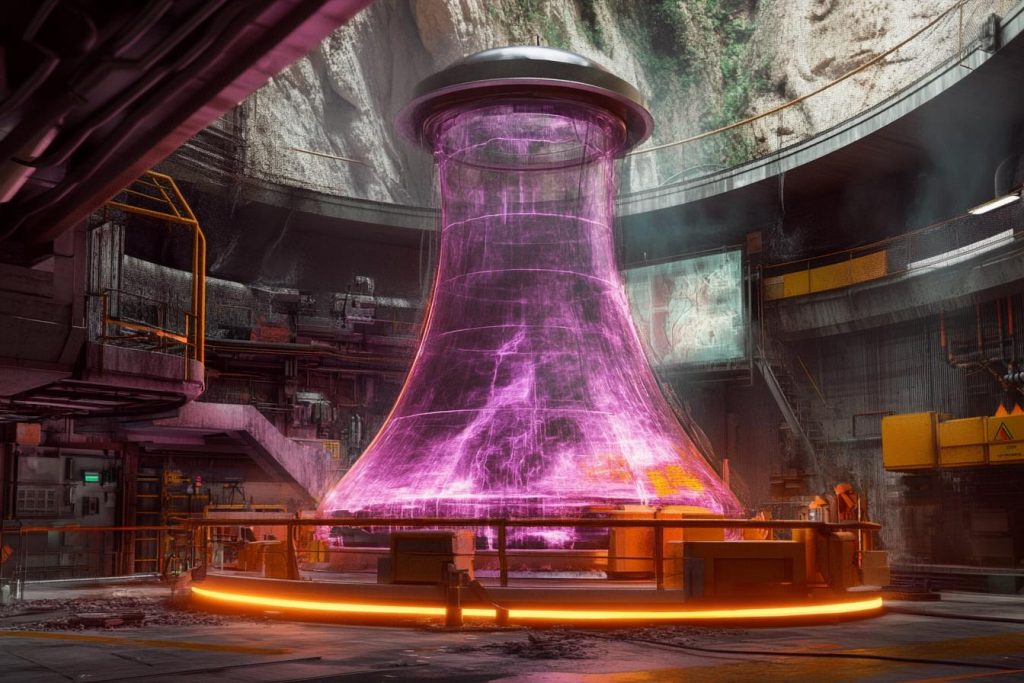
During World War II, Nazi scientists allegedly developed a top-secret device known as “Die Glocke” or “The Bell.” Said to harness exotic propulsion methods, the project remains heavily obscured by mystery and rumor. Some believe it was an early experiment in anti-gravity or time manipulation. If the technology was real, it may have vanished along with those who built it—or been absorbed into classified programs.
The 19th-Century Mechanical Androids

Long before robotics became mainstream, inventors in the 1800s created eerily lifelike automata capable of writing, drawing, and playing instruments. These complex machines used intricate clockwork mechanisms and shocked audiences with their precision. Some of the most advanced examples remain difficult to replicate even with today’s tools. How did early engineers achieve such technological sophistication?
The Disappearance of Turing’s Machine Blueprints

Alan Turing’s early computer designs were years ahead of their time, yet much of his work mysteriously vanished or was classified after his death. While Turing is widely recognized today, details of his “Universal Machine” remain hazy. Some suspect governments held back his innovations during the Cold War era to maintain technological advantage. Could we have reached the digital age decades earlier?
The Crystal Lenses of Ancient Nimrud

Excavations in ancient Assyrian cities uncovered polished crystal lenses that could magnify objects. Dated to around 750 BCE, these artifacts challenge the notion that ancient people lacked optical technology. Some researchers believe they were used in astronomy or even early telescopic observations. If true, it would mean ancient stargazers had far greater visual access to the cosmos than we imagined.
The Patent Office Purge

Throughout history, thousands of patents have been classified or disappeared altogether—many tied to energy, propulsion, and communication technologies. Some theorists argue that groundbreaking inventions have been suppressed to protect dominant industries. Government “black vault” archives hint at hidden advances that never saw the light of day. What world-changing ideas have been buried on purpose?
The Ancient Chinese Seismograph

Invented in 132 CE, Zhang Heng’s seismoscope could detect distant earthquakes with astonishing accuracy. This device used a system of weighted pendulums and mechanical dragons to signal tremors. Modern science didn’t replicate this level of seismic sensitivity until much later. Its existence suggests ancient scientists had a more profound understanding of natural forces than we typically credit.
Stone Age Carvings That Resemble Circuit Boards
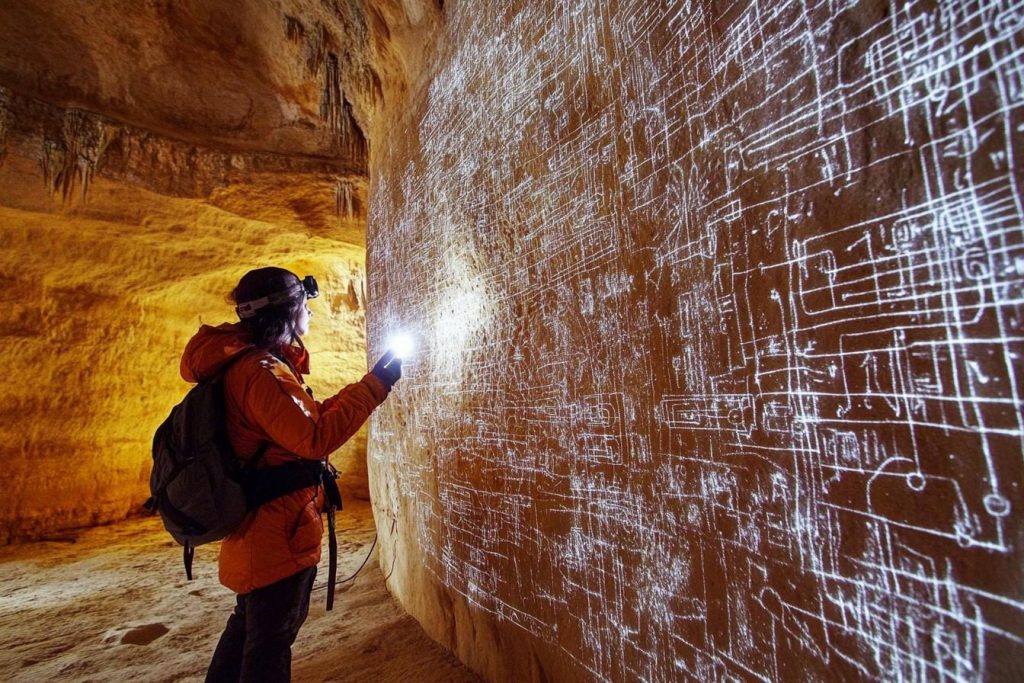
Archaeologists have discovered rock carvings and petroglyphs that bear an uncanny resemblance to modern circuit diagrams. Found in diverse locations from India to South America, their geometric precision is baffling. While mainstream scholars dismiss them as symbolic or religious in nature, others argue they may encode technological knowledge lost to time. Were these ancient blueprints of energy systems we’ve only just rediscovered?
The Hidden Code in Da Vinci’s Drawings

Leonardo da Vinci’s notebooks contain sketches of mechanical marvels—many of which weren’t built until centuries later. But some researchers believe his work hides a deeper code: encrypted designs that suggest advanced principles like robotics, flight, and even energy generation. If decoded correctly, Da Vinci’s genius may not have just predicted the future—it may have documented forgotten science.
The Baghdad Battery: Ancient Power Source or Modern Hoax?

Discovered in Iraq and believed to date back over two thousand years, the so-called Baghdad Battery consists of clay jars with metal rods inside—devices some claim were used to generate electricity. While mainstream archaeologists argue they may have served more mundane purposes, the possibility that ancient civilizations understood and harnessed electricity challenges everything we thought we knew about technological timelines. Could this relic represent a lost understanding of energy—one intentionally buried by time? Whether real or misinterpreted, its implications are electrifying.
Whispers from the Past, Echoes of the Future

When we trace the roots of technology, we expect a clear and steady evolution—but reality tells a far stranger tale. The presence of advanced knowledge in ancient artifacts and forgotten blueprints suggests innovation may not be linear, but cyclical, rediscovered again and again across lost ages. What we think of as “modern” might simply be the most recent turn in a much older spiral. Perhaps the greatest breakthroughs aren’t ahead of us—but waiting quietly in the shadows of the past.

